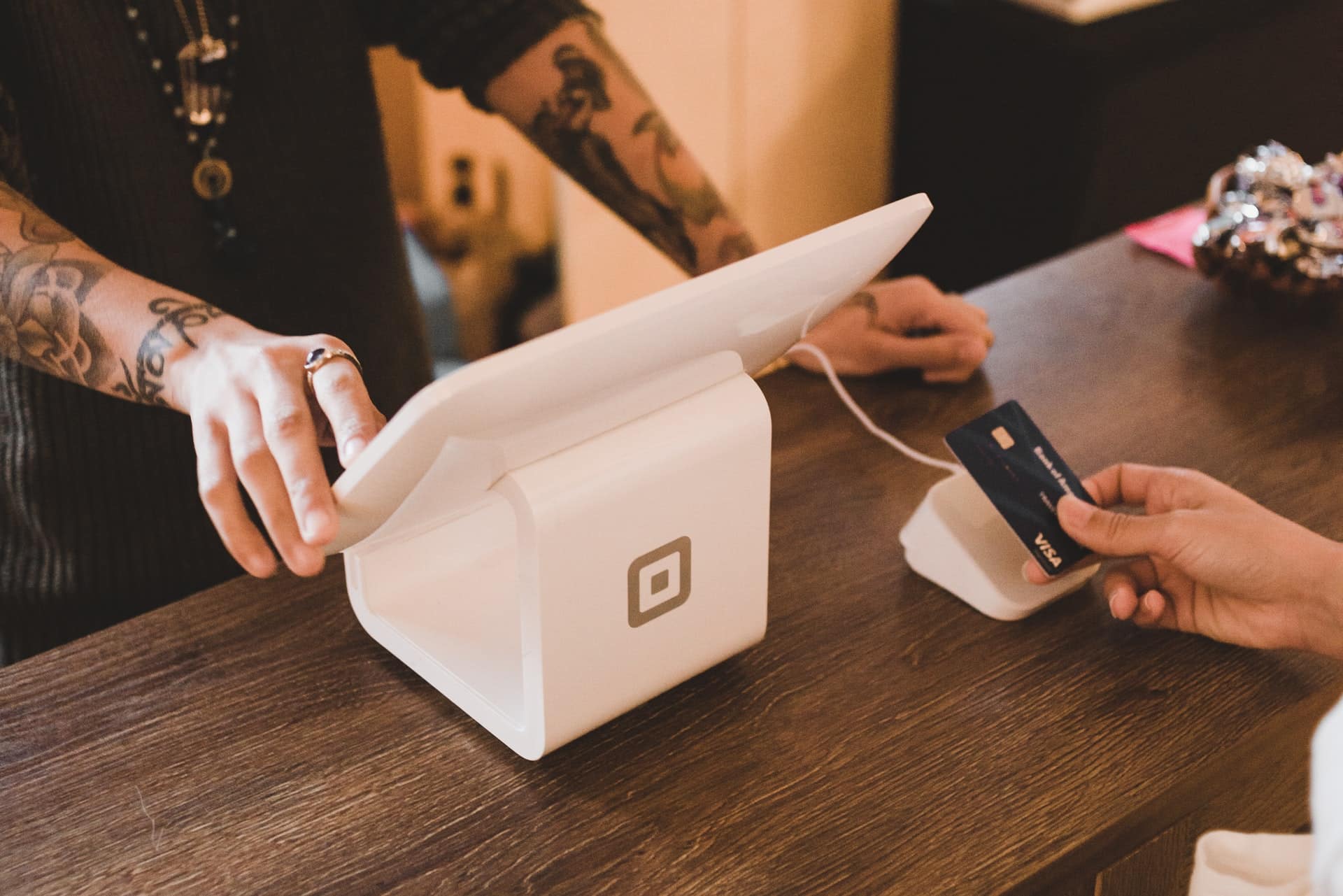Following the adoption of the smart standard for the production of gadgets, appliances, and even furniture, the offer of products and services will be customized to the profile of each consumer. One of the biggest benefits of IoT (Internet of Things) for new consumers, in addition to satisfaction, is the saving of time.
IMAGE: UNSPLASH
Consumption (Products And Services)
From the analysis of multiple data, governments and companies will better understand people’s consumption habits. And with that, they will be able to create or adapt their products, services, and spaces to better meet the needs of new consumers.
In addition, intelligent inventory control will reduce production and storage costs and increase delivery speed-reducing waiting times and the final amount paid, which will help make people happier.
Public Transportation
A direct impact on the lives of many people is the rationalization of the public transport system, such as that of a megacity. Today, the use of buses is calculated by turning the turnstile, it is not known where the vehicle fills or empties.
With IoT, monitoring becomes real-time and more accurate. It is possible to know how many people are on the bus by mapping how many cell phones are in the environment. The analysis is more efficient since it takes into account people’s displacement habits and not the absolute use of the modal in that complete path.
Vehicle Traffic
It is not just public transport that improves with the advancement of IoT, municipal traffic systems, which also benefit private drivers, should become more intelligent.
With IoT and city monitoring, flood points, heavy traffic, and a wet road can be considered to determine the time of their opening and closing, eliminating KM from traffic jams.
Flood Control
A recurring problem, floods can also cause less inconvenience, with the adoption of smart culverts.
All manholes in the city can win an artificial intelligence device box. Thus, it would be possible to monitor its proper functioning. The box monitors whether it is full or not, and even requests to be cleaned. This would reduce maintenance costs and the risk of flooding.
Garbage Collection
Garbage collection in California, United States, is already done in a structured way. Over there, the bins are smart. When the unit is full, the system prevents it from opening at the same time that it asks the responsible company to collect the garbage.
In addition to reducing the cost of the service, the intelligent system improves city traffic and also reduces pollution levels, benefiting everyone.
Payment Methods
New consumers should benefit from alternative forms of payment that will emerge, eliminating the need to use a credit card, which may even lead to the extinction of the current physical currency.
More security and agility to pay, less waiting time and risks, in addition to saving money on annuities, for example.
Health
Wearables are already a reality that provides info to limited access. Currently, some devices are already used to monitor people’s health and monitor the use of medicines.
The problem is that its high cost still prevents its universalization. With the IOT development, these types of services will become available to more and more people. As a result of this development, a host of different technologies has emerged, with the most notable of them being iot in healthcare.
Convenience And Satisfaction
Virtual reality and augmented reality will allow consumers to better assess products and services to be contracted or purchased, and remotely. And it is not only in the choice of the item that suits you the most that new consumers will gain but in the independence of use from tutorials that use these technologies to teach and educate the consumer about their use.
By eliminating the need to travel to evaluate a product, with furniture stores offering realistic simulations of their products and their arrangement in spaces, disappointments will be reduced, the perception of quality of the service provided will be maximized and experiences will become be totally differentiated and customized – directly impacting satisfaction.
Safety
Remote monitoring of real estate and other assets finds pent-up demand. Today, it is already possible to follow movements at home, at the children’s school or at work, and to know if someone has opened a door, window, turned on a light, turned on a tap, etc.
These projects for the coming years the democratization of access to remote monitoring services for people, automobiles, real estate, and domestic animals.
While one of the biggest concerns in the market is to offer customers what they want in terms of facilities and connectivity, security is often relegated to the background. According to cybersecurity specialists, many systems are already available on the market with vulnerabilities and, in an attempt to curb these problems, companies release constant updates.
Digital security is still not what we think for the future, that is, by design. Although the credit card chip is still more secure than online payment methods, it will lose its usability because people want more practical processes and security will have to run after practicality. And the Internet of Things will increase this complexity, forcing digital internet security to result from the action of four layers working together.
Device (by design) – It is the least thought by the industry. Many malware is already developed specifically for cell phones. Even in the case of Apple, which, because it is a little more security-oriented, has more closed architecture systems, it is an exponential problem. And the expectation for the future is that the design does not occur in an ideal way, due to the eagerness to provide news. The more usability, the more insecurity. The industry and its developers have to find that balance.
Developer – It has the possibility to minimize the risk and vulnerability of the systems, with constant updates of backdoors and working with compliance rules from various sources. Retail, for example, has the PCI, while the finance area has via the Central Bank.
Use – It is the most serious because security is not a priority for users. The technology no longer leaves the IT environments of companies. On the contrary, it arrives before the employee. It is increasingly difficult to have control. These two levels (developer and usage) present a huge challenge for the security manager. You can no longer limit employees, as businesses depend on digital environments and seek the mantra of digital transformation.
If you are interested in even more technology-related articles and information from us here at Bit Rebels, then we have a lot to choose from.


COMMENTS